With 1400 hectares of tomato cultivation in heated greenhouses, Poland is Europe's second-largest market. Last week, the local TSW fair was held in Warsaw, where René Zwinkels and Kasia Kaczmarek of Axia Vegetable Seeds were present. "Most of what is grown here is for the internal market. 48 million consumers, and tomato consumption per capita in Poland is one of the highest in Europe," he says. And just like Poland itself, tomato cultivation is also developing rapidly.
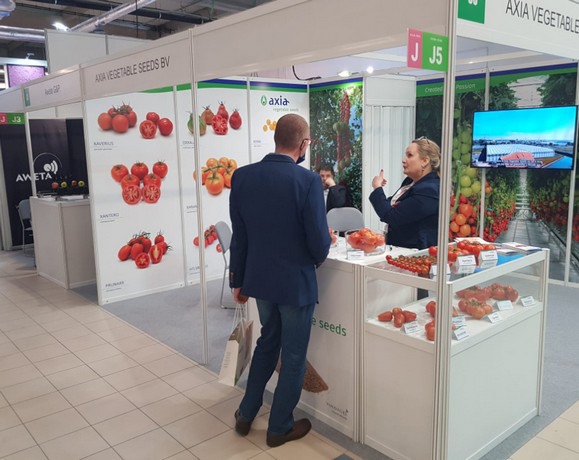
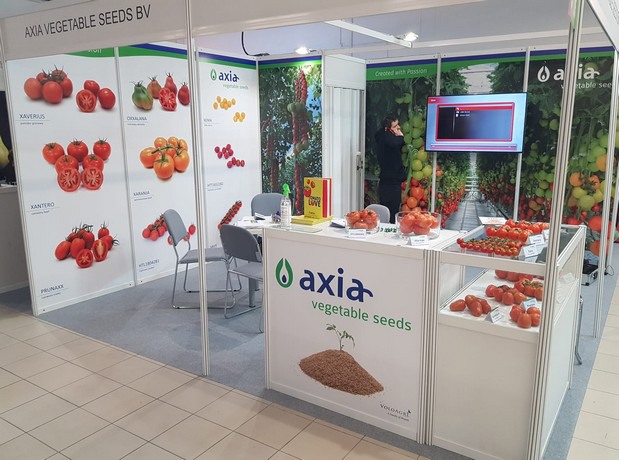
High-tech in Poland
"The number of high-tech greenhouses in Poland has grown considerably in recent years. The cost price is very low here and consumption is high. Larger companies have emerged that really dare to do business," says René. "Mularski, for example, is providing light for the specialties. That development is ongoing here. Citronex does a lot in pink tomatoes and sells their own brand in the Polish supermarket Bidronka. The total area for Bidronka is maybe 300 to 400 hectares, and 20 hectares of that is also exposed cultivation." In total, he estimates the exposed market in Poland to be around 50 to 60 hectares.
Like their European colleagues, these growers face challenges now that energy prices have risen sharply, although René expects the real challenge to come in the next few years. "Polish horticulture is 70-80% dependent on coal and that will be a huge challenge. They are now suffering from the higher energy price - not the four to fivefold increase from the Netherlands, but still a doubling compared to last January - the real challenge, however, lies in switching away from coal. Poland has also signed an agreement with the EU and will have to find alternatives to coal plants by 2030, or reduce CO2 emissions."
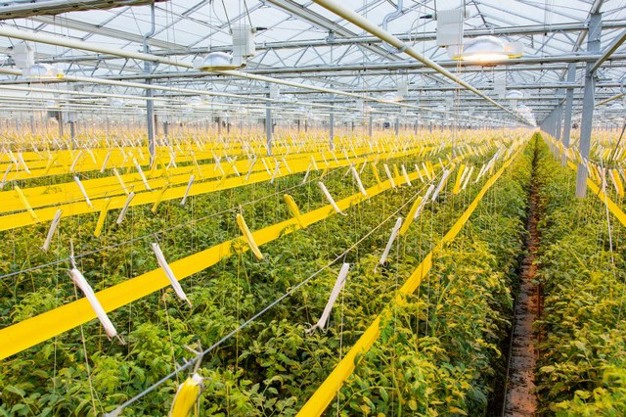
The acreage of Polish grower Citronex has grown in recent years to 55 hectares, part of which is under illumination
Pink tomatoes
René has been visiting Poland for Axia for almost five years and, partly thanks to the efforts of his colleague Kasia, is finding their own varieties more and more often. This week, a tour of the Polish growers is also on the program, to see how the young tomato plants are doing and whether any advice or help is needed. "The level of pink tomatoes is very high here. If you want to get a foothold in Poland, you have to breed for that. We have a separate program for this and hope to conquer the market with it in the coming years." The pink cocktail and mini-plum tomato have been in the Axia range for a while. Now the company is also introducing the first pink 170-gram tomato. "Fine flesh tomatoes, that's a big market here," he says.
Remarkable for him is that at the fair also many growers with foil greenhouses come to ask about hybrid varieties. "The number of growers providing their own sales in the region has been greatly reduced, although it is still there. But we see that the growth of technology continues to increase. Our focus is on high-tech glasshouse cultivation at the moment, but now that the demand from foil greenhouses is so strong, we will certainly look into whether the varieties we breed in Spain for the unheated market can also be used in Poland. That is the advantage of our company: we can switch quickly within Axia."
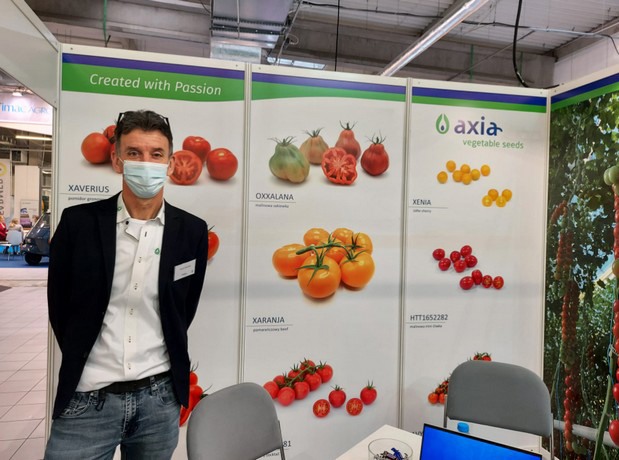
René at the fair in Poland
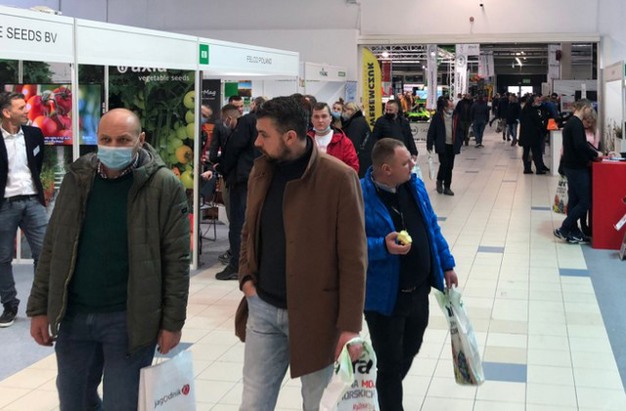
Rapid development
In those years, René has seen Polish horticulture and Poland as a whole develop at lightning speed. The economy is developing strongly and this is also reflected in the country. "New houses are being built in the countryside. Everything seems to look fresher: it is developing." The question for him now is also how this will continue in the tomato market. "Will Poland go along with the switch to cherry and vine cherry tomatoes, which we have already seen strongly in Western Europe?" he wonders. "There is a lot of talk about it at our stand, but is it being acted upon?" To date, he still sees a lot of attention for the large segment. "There is limited attention for the specialties. Innovative growers, such as Mularski, do opt for cocktail tomatoes and for a small proportion of loose cherry tomatoes or loose plum tomatoes (20 to 24 grams), but the market is still limited. They prefer to go for the colors in the larger tomatoes: orange product of 150-180 grams, or even Coeur de Boeuf in 220 grams. I'm curious to see how that will develop."
For more information: 
Axia Vegetable Seeds
www.axiaseeds.com
info@axiaseeds.com
René Zwinkels
rene@axiaseeds.com
Katarzyna (Kasia) Kaczmarek
+48 508 948 209
kasia@axiaseeds.com
